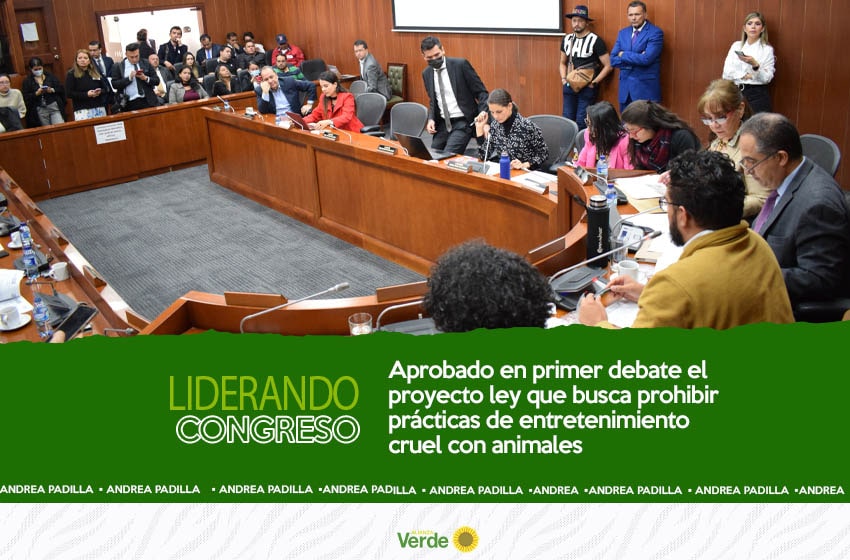
The differences reveal a temporal asymmetry in meaningful texts, which is confirmed by showing that texts are much better compressible in their natural way (i.e.

Differences disappear after random permutation of words that destroys the linear structure of the text.

The statistical significance is confirmed via the Wilcoxon test. These differences hold for the significant majority of several hundred relatively short texts we studied. Also, words in the first half are distributed less homogeneously over the text in the sense of of the difference between the frequency and the inverse spatial period. We found that the first half has more different words and more rare words than the second half. This comparison can uncover hidden effects, because the halves have the same values of many parameters (style, genre ). Which statistical features distinguish a meaningful text (possibly written in an unknown system) from a meaningless set of symbols? Here we answer this question by comparing features of the first half of a text to its second half. These linguistic structures cannot, therefore, be the sole cause of long-range statistical dependencies in language. We find that adult-like power-law statistical dependencies are present in human vocalizations at the earliest detectable ages, prior to the production of complex linguistic structure. To test this hypothesis, we measured long-range dependencies in several speech corpora from children (aged 6 months-12 years).

Therefore, we hypothesized that long-range statistical dependencies in human speech may occur independently of linguistic structure. However, non-linguistic behaviours in numerous phylogenetically distant species, ranging from humpback whale song to fruit fly motility, also demonstrate similar long-range statistical dependencies. This power-law relationship has been attributed variously to long-range sequential organization present in human language syntax, semantics and discourse structure. phonemes, characters, words) in human language sequences increase, the strength of the long-range relationships between those elements decays following a power law. To convey meaning, human language relies on hierarchically organized, long-range relationships spanning words, phrases, sentences and discourse. Our conclusions are based on the analysis of a large database of written language, diverse in subjects and styles, and thus are likely to be applicable to general language sequences encoding complex information. This scenario can be explained by a model of word usage that assumes that words are distributed along the text in domains of a characteristic size where their frequency is higher than elsewhere. Moreover, we find that the words whose contributions to the overall information is larger, are the ones more closely associated with the main subjects and topics of the text. We show that there is a characteristic scale, roughly around a few thousand words, which establishes the typical size of the most informative segments in written language. Here, we show that a direct application of information theory quantifies the relationship between the statistical distribution of words and the semantic content of the text.

Beyond the local order ruled by grammar, semantic and thematic structures affect long-range patterns in word usage. Written language is a complex communication signal capable of conveying information encoded in the form of ordered sequences of words.


 0 kommentar(er)
0 kommentar(er)
